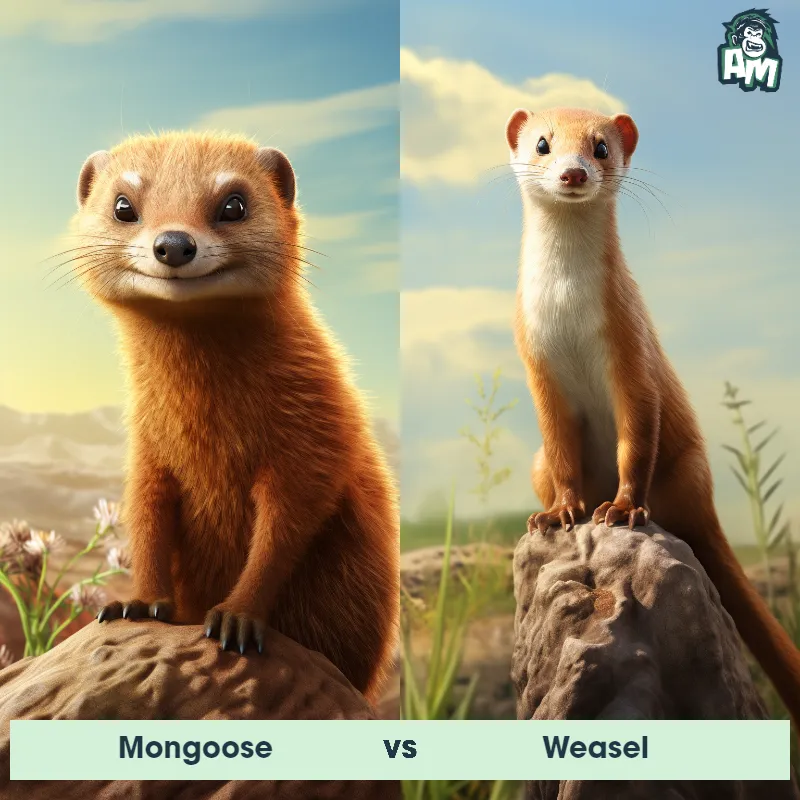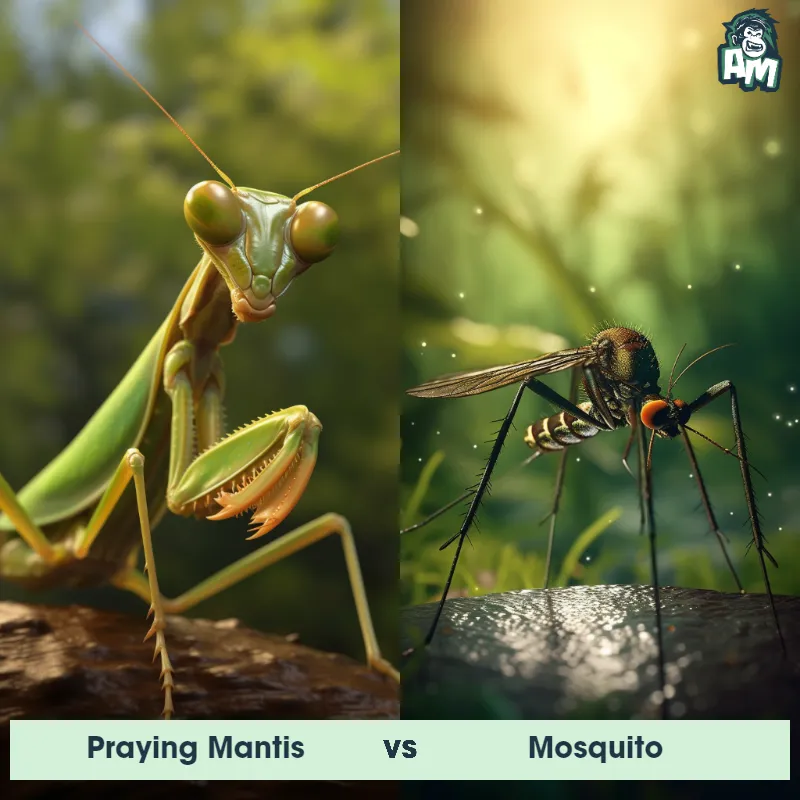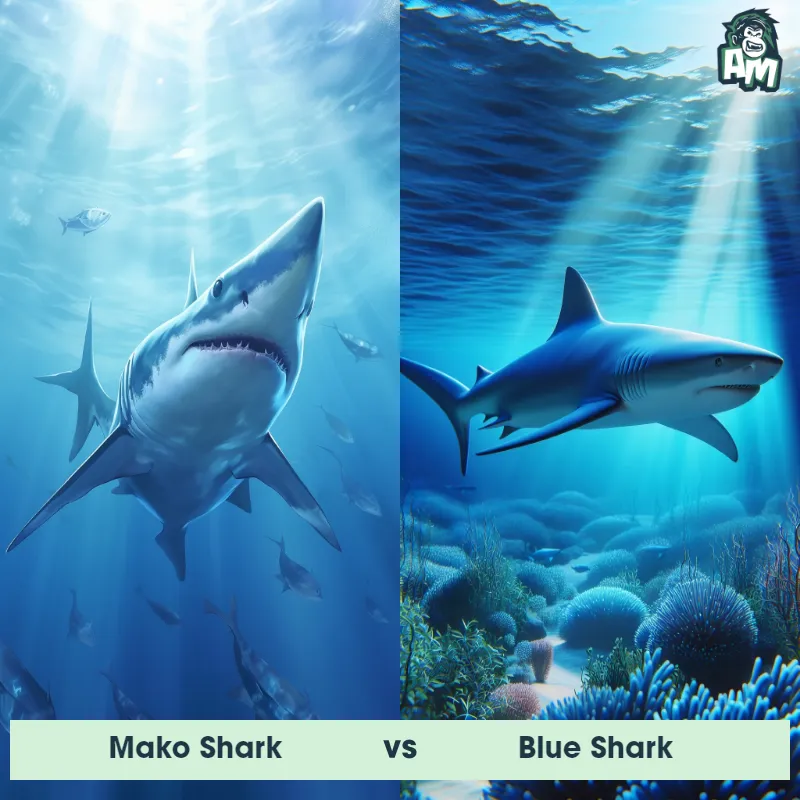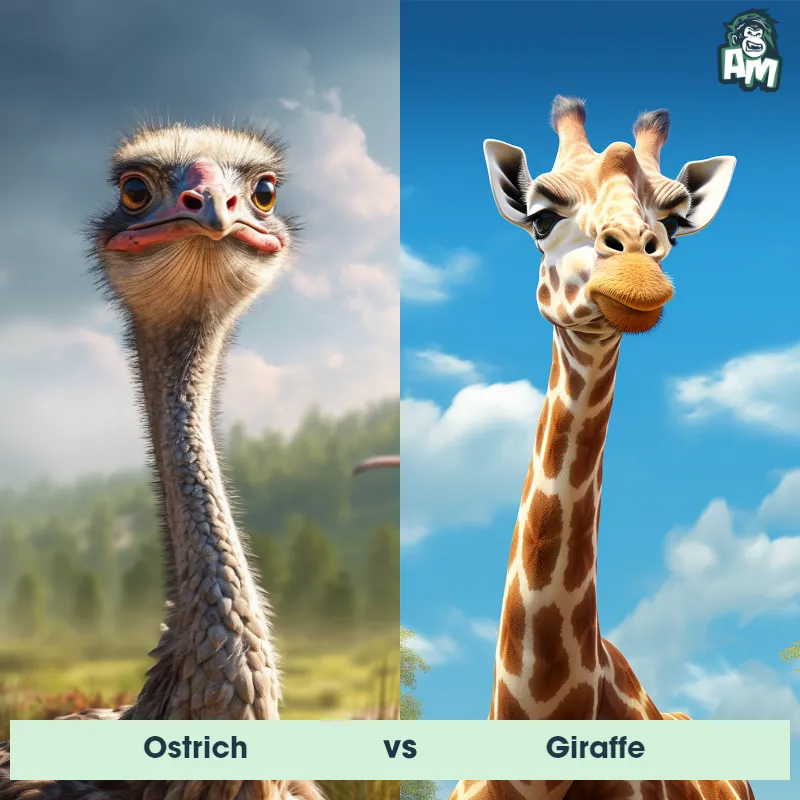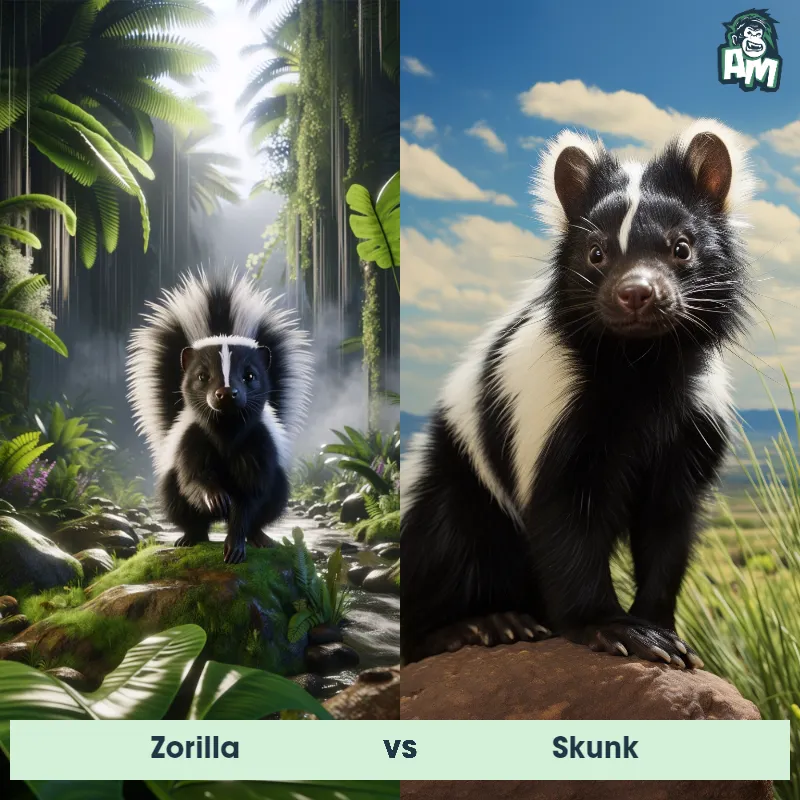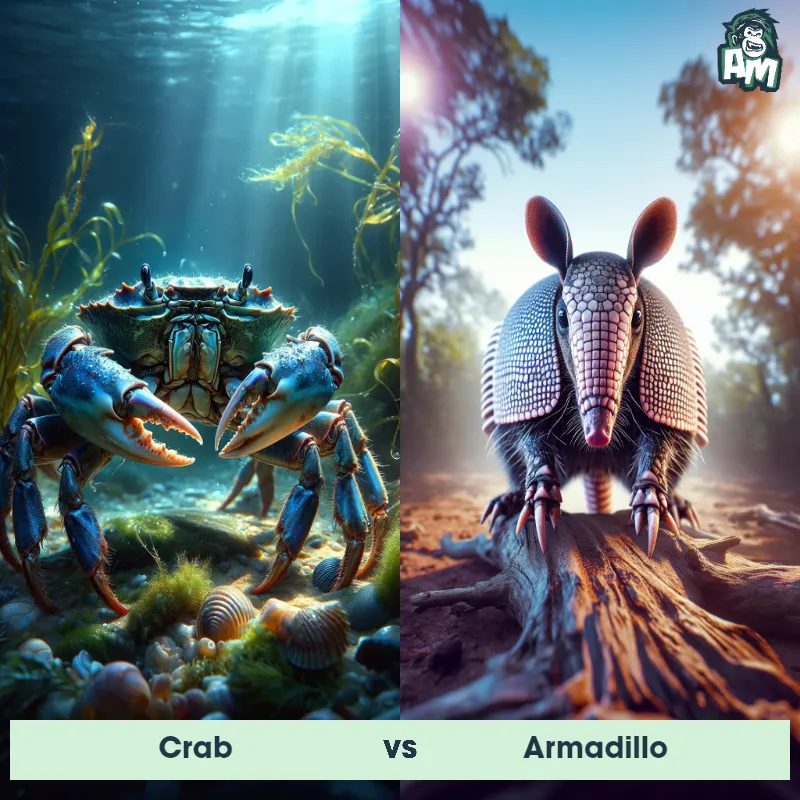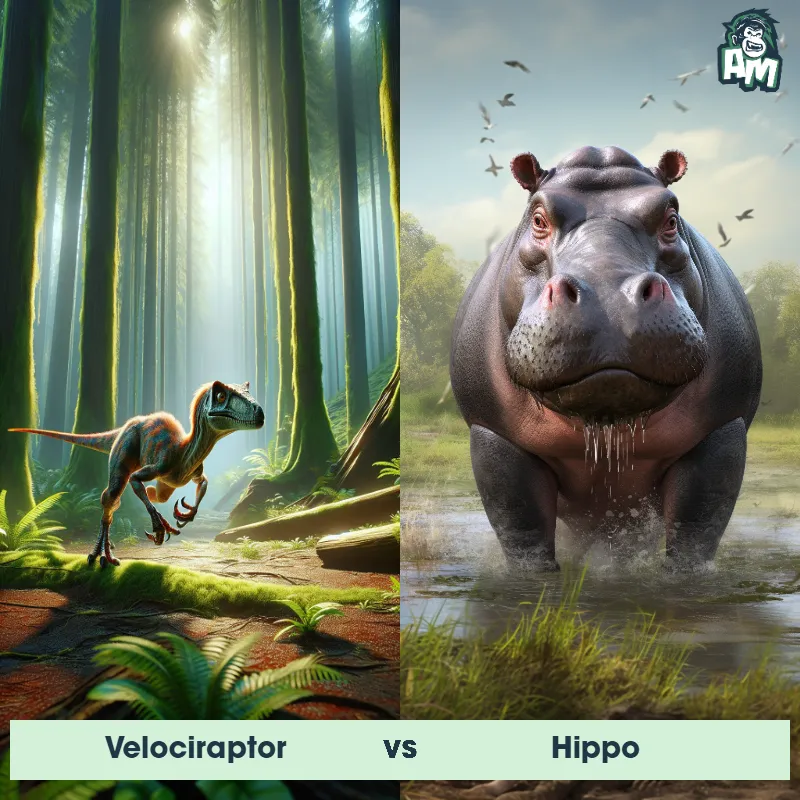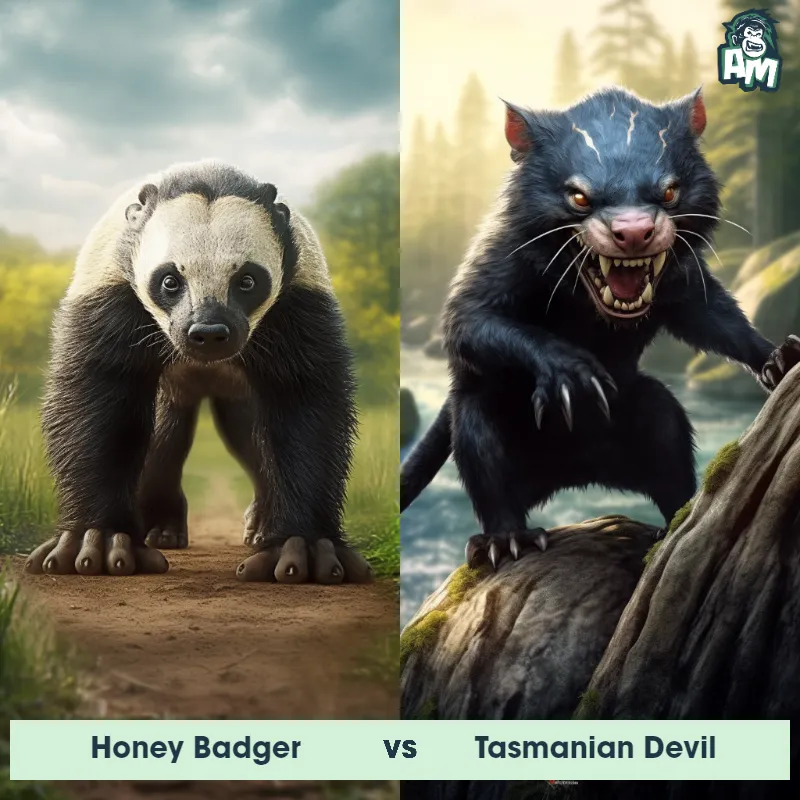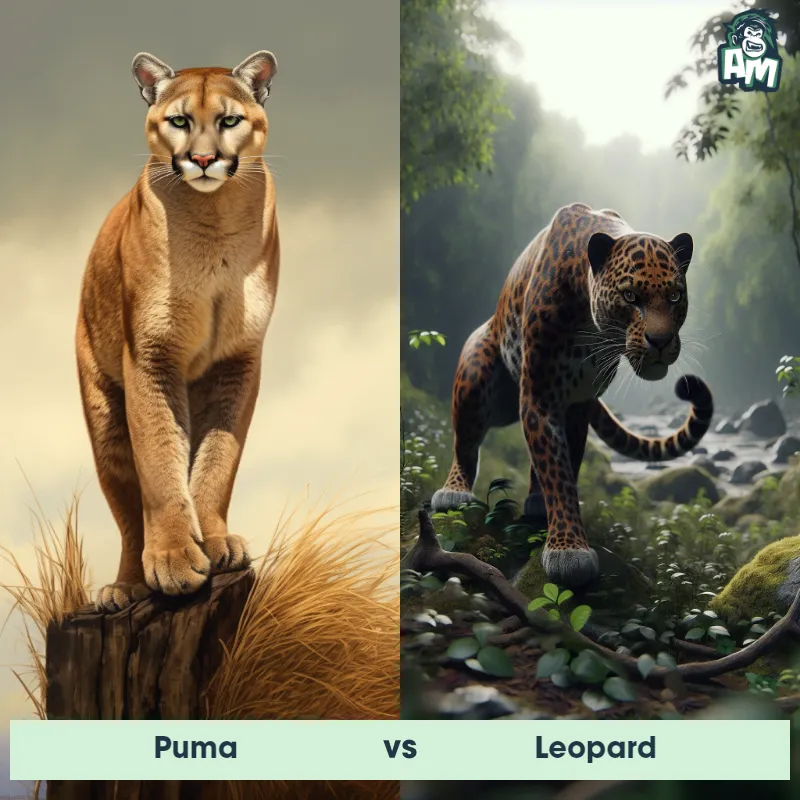Giant Otter vs LeopardSee Who Wins
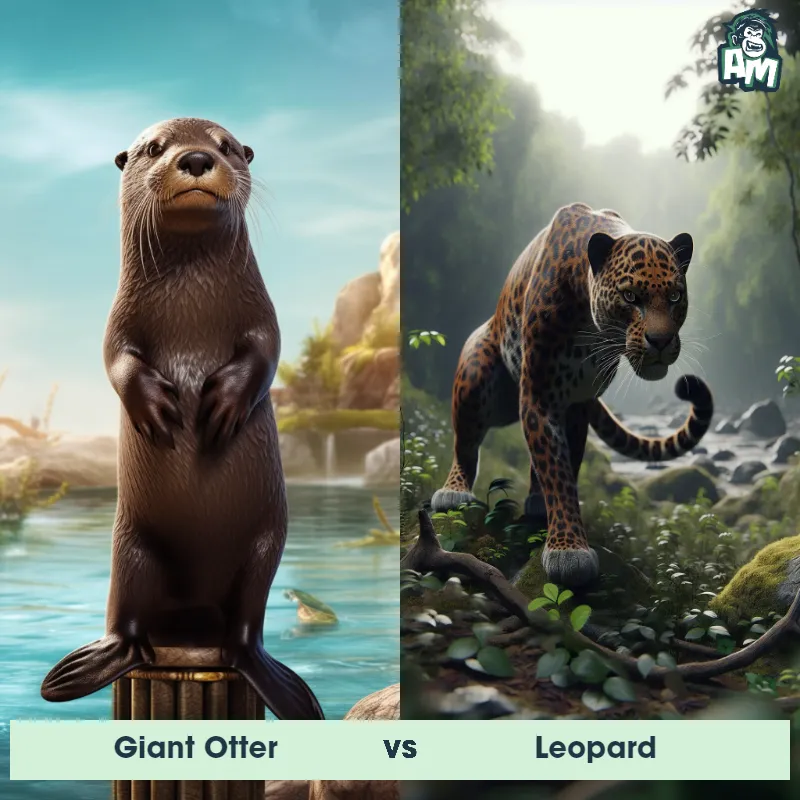
Welcome to this epic showdown between a Giant Otter and a Leopard! Both of these animals are known for their speed and agility, making this match one you won't want to miss.
Contender 1: Giant Otter
The Giant Otter, also known as the Giant River Otter or the South American Otter, is the largest of all otter species, measuring up to 6 feet in length and weighing up to 70 pounds. They have sleek, dark brown fur with white or cream-colored markings on their throat and chest. Their webbed feet and powerful tail make them excellent swimmers, and they are known for their ability to catch fish with their sharp teeth and strong jaws.
Fun Fact: Giant otters, known as the “river wolves” of South America, can grow up to 6 feet long — and they make loud, chirpy calls to keep in touch with their family while hunting piranhas!
Contender 2: Leopard
The Leopard is a large and powerful carnivorous mammal that is known for its distinctive coat pattern consisting of rosette-like spots. It has a slender body, muscular limbs, and a long tail, enabling it to be agile and swift. Leopards are primarily nocturnal creatures, preferring to hunt during the cover of darkness. They are highly adaptable and can thrive in a variety of habitats, ranging from dense forests to open grasslands. With exceptional climbing skills, they are capable of dragging their prey up trees to keep it safe from other predators.
Fun Fact: Leopards are incredibly strong and possess immense agility, as they are capable of leaping horizontally up to 6 meters and vertically up to 3 meters, allowing them to ambush their prey from above with precision.
Matchup Stats
| Giant Otter | Leopard | |
|---|---|---|
| Size | Up to 6 feet (1.8 meters) in length | 24-28 inches (60-71 cm) at the shoulder; 5-6 feet (1.5-1.8 meters) in length |
| Weight | Up to 70 pounds (32 kilograms) | 80-160 pounds (36-73 kilograms) |
| Speed | Speed: 22 mph (35 km/hr) | 36-37mph (58-60km/h) |
| Key Strength | Powerful jaws and sharp teeth | Powerful jaw and sharp claws |
| Biggest Weakness | Vulnerable to attacks on land | Less endurance compared to some other big cats |
Current Votes
Giant Otter vs Leopard
See Who Wins
View More Matches
Looking For More?
Similar Matches
Scientific Stats
| Giant Otter | Leopard | |
|---|---|---|
| Scientific Name | Pteronura brasiliensis | Panthera pardus |
| Family | Mustelidae | Felidae |
| Habitat | Freshwater rivers, lakes, and swamps | Variety of habitats including forests, grasslands, and mountains |
| Geography | South America, specifically the Amazon, Orinoco, and La Plata river systems | Africa, parts of Asia |
| Diet | Fish, crustaceans, and small mammals | Carnivorous, preys on various animals including ungulates, small mammals, birds, and reptiles |
| Lifespan | 8 years - 10 years | 12 years - 17 years |
Key Differences between Giant Otter and Leopard
- Body Shape: The Giant Otter has a sleek and elongated body adapted for swimming, while the Leopard has a more robust and agile build for climbing trees and hunting.
- Size: The Giant Otter is much larger than the Leopard, with adults reaching lengths of up to 6 feet in comparison to the Leopard's average length of 4 to 6 feet.
- Ears: The Giant Otter has small, rounded ears located close to its head, while the Leopard has larger, pointed ears that are more prominent on its skull.
- Habitat: The Giant Otter is found in freshwater habitats such as rivers and lakes in South America, while the Leopard inhabits a wide range of environments including forests, grasslands, and mountains in Africa and Asia.
- Coloration: The Giant Otter has a predominantly brown fur with cream-colored markings on its throat and chest, while the Leopard has a signature coat of golden-yellow fur with black spots.
- Tail Length: The Giant Otter has a long, muscular tail that comprises about half of its total body length, whereas the Leopard has a shorter and bushy tail that aids in balance and agility.




